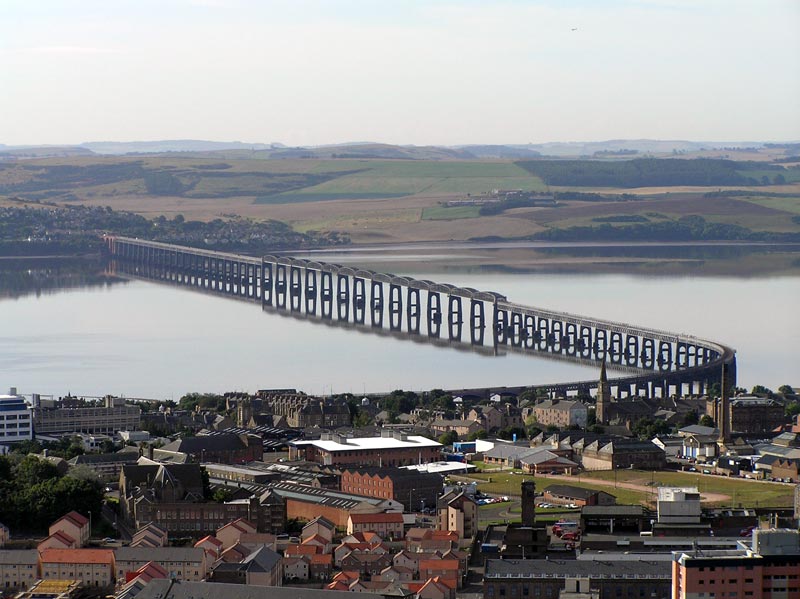by Kim Smiley
On May 25, 2010, the National Highway Traffic Safety Administration (NHTSA) released new data about Toyota’s unintended acceleration issues, increasing the number of deaths potentially linked to the issue to 89. Additionally, the NHTSA stated that nearly 6,200 complaints regarding acceleration issues in Toyotas have been received since 2000.
The acceleration issues have already resulted in massive recalls of Toyota vehicles in the US. Nearly 5.4 million vehicles were recalled to fix issues with floor mats that could potentially shift out of position and an addition 2.3 million vehicles were recalled to repair sticking accelerator pedals. No additional causes have been found for the acceleration issues at this time, but there are a wide range of theories that include electronic issues and solar flares. Toyota denies that there are any additional causes of the acceleration at this time.
The US government is continuing to investigate the claims of unintended acceleration in Toyotas and an independent 15-month study by the National Academy of Sciences will begin in July.
 A recent Wall Street Journal article discussed one of the stranger trends that have been found in the Toyota car crash data. There have been an unusual number of accidents at beauty salons.
A recent Wall Street Journal article discussed one of the stranger trends that have been found in the Toyota car crash data. There have been an unusual number of accidents at beauty salons.
Why beauty salons?
Just like any problem, this issue can be investigated using a root cause analysis built as a Cause Map. In this case, the Safety goal would be impacted because there is a potential for injury for both the driver and people inside the salon. Additional causes can be added to the Cause Map by, asking “why” questions and adding boxes to the right.
In this example, the article speculates that the some of the potential causes may be the age of the drivers involved (older women tend to visit salons more frequently), location of the salons (many are in strip malls near parking lots) or the architecture of salons (many have large glass windows that might distract drivers). No formal investigation has been done to determine the actual causes of this strange trend, but it is interesting to lay out the potential causes and see what factors might be contributing to the hair salon car crashes.
Click on the “Download PDF” button above to view the initial Cause Map.


